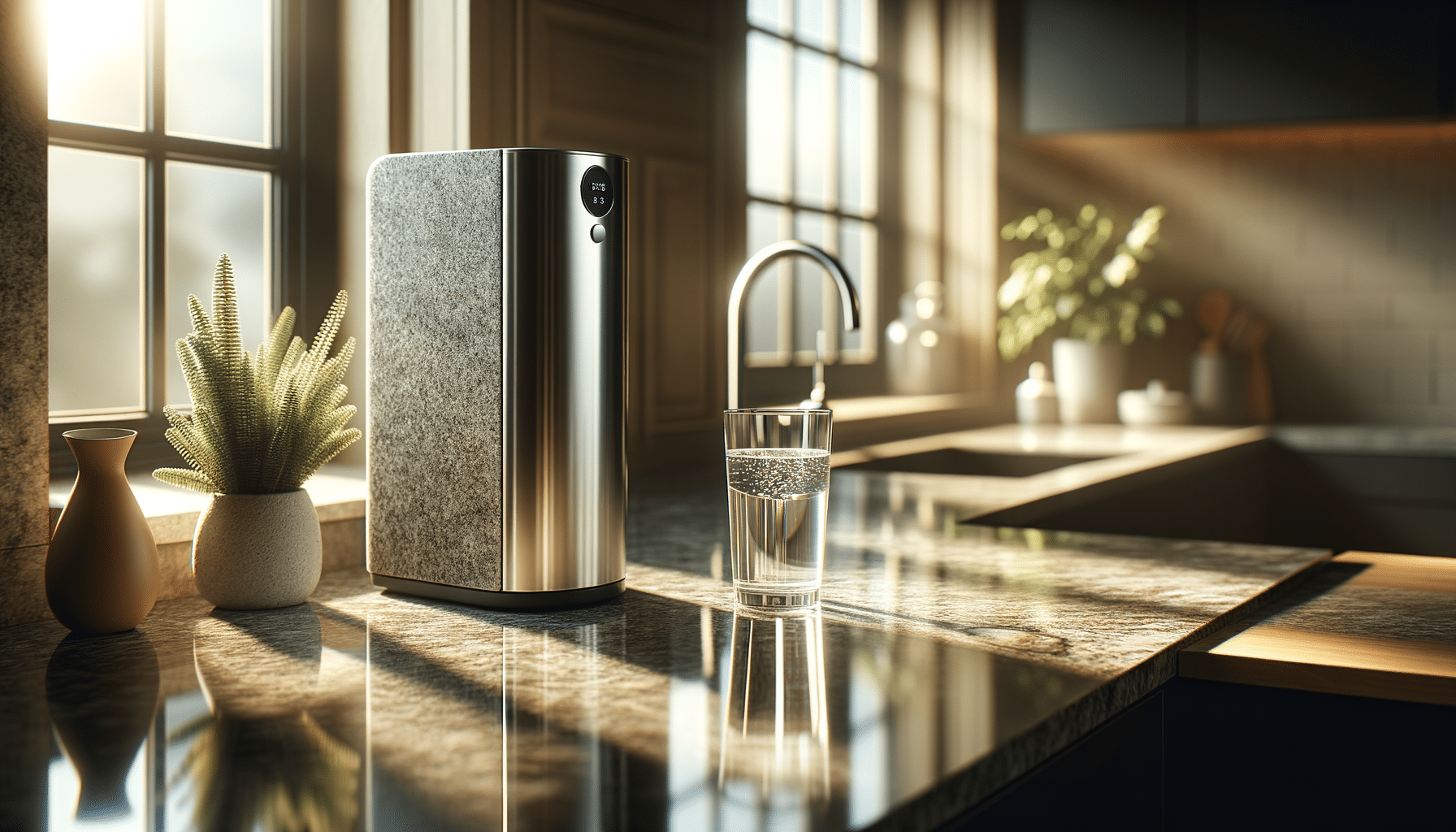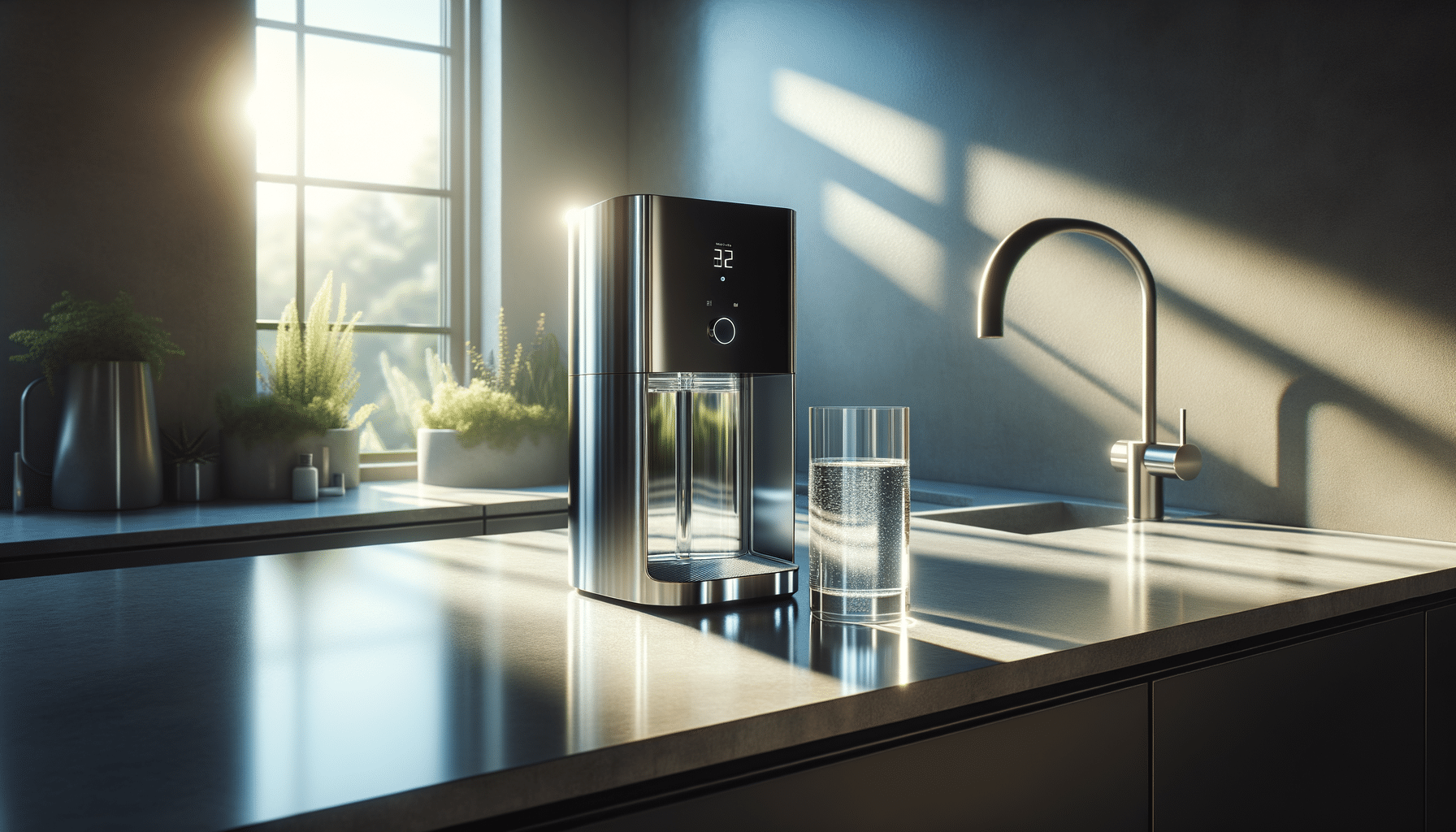
Understanding the Importance and Functionality of Water Purifiers
The Role of Water Purifiers in Modern Living
Water purifiers have become an essential component of modern households, ensuring access to clean and safe drinking water. With increasing concerns about water pollution and health, the need for effective purification systems has never been more pressing. Water purifiers help in removing contaminants that can pose serious health risks, including bacteria, viruses, heavy metals, and chemical pollutants.
The importance of water purifiers is underscored by their ability to provide safe water for consumption. In many parts of the world, the natural water supply can be contaminated with various impurities due to industrial discharge, agricultural runoff, and inadequate waste management systems. By filtering out harmful substances, water purifiers play a pivotal role in protecting public health.
Furthermore, the convenience of having a water purifier at home cannot be overstated. It eliminates the need to purchase bottled water, which not only saves money but also reduces plastic waste, contributing to environmental conservation. In essence, water purifiers are a sustainable choice for ensuring a continuous supply of clean water.
Types of Water Purification Technologies
There are several technologies employed in water purifiers, each designed to target specific impurities and contaminants. Understanding these technologies can help consumers choose the most suitable system for their needs.
One common type is the activated carbon filter, which is effective in removing chlorine, sediment, volatile organic compounds (VOCs), and improving the taste and odor of water. These filters work by absorbing impurities as water passes through a bed of activated carbon granules.
Reverse osmosis (RO) systems are another popular choice for their ability to remove a wide array of contaminants, including dissolved salts, lead, mercury, calcium, iron, and asbestos. RO systems use a semi-permeable membrane to separate contaminants from water, delivering purified water on the other side.
Ultraviolet (UV) purification is a technology that uses UV light to kill bacteria and viruses. It is highly effective in disinfecting water without the use of chemicals, making it a safe and environmentally friendly option.
Lastly, there are ion exchange systems that are primarily used to soften water by removing minerals such as calcium and magnesium. This is particularly useful in areas with hard water, which can cause scaling in pipes and appliances.
Factors to Consider When Choosing a Water Purifier
Selecting the right water purifier involves considering several factors to ensure it meets your specific needs. The first consideration is the quality of your water supply. Conducting a water test can provide valuable insights into the type and level of contaminants present, helping you choose a system that effectively addresses those issues.
Another important factor is the capacity and flow rate of the purifier. Larger households may require a system with a higher capacity to meet their daily water consumption needs. Additionally, the flow rate should be sufficient to provide an adequate supply of purified water without significant delays.
Maintenance and operating costs are also crucial considerations. Some purification systems require regular replacement of filters or membranes, which can add to the long-term cost. It’s important to factor in these costs when evaluating different options.
Lastly, consider the installation process and space requirements. Some systems may require professional installation and may not be suitable for all kitchen layouts. Assessing the available space and installation requirements beforehand can prevent potential issues.
Environmental Impact of Water Purifiers
While water purifiers provide numerous health benefits, it’s also important to consider their environmental impact. One of the primary benefits is the reduction in plastic waste, as using a purifier decreases the reliance on bottled water. This not only cuts down on plastic pollution but also reduces the carbon footprint associated with the production and transportation of bottled water.
However, some water purification systems, particularly those using reverse osmosis, can result in water wastage. RO systems typically waste about 3-4 liters of water for every liter of purified water produced. To mitigate this, some advanced systems incorporate water-saving technologies or allow for the use of reject water for non-potable purposes.
Energy consumption is another environmental consideration. Some systems, such as those using UV purification, require electricity to operate. Opting for energy-efficient models or systems with renewable energy options can help minimize the environmental impact.
Overall, while water purifiers do have some environmental impact, their benefits in promoting health and reducing plastic waste make them a valuable addition to any household.
Conclusion: Embracing Water Purifiers for a Healthier Lifestyle
In conclusion, water purifiers are a vital tool in ensuring the safety and quality of drinking water. By effectively removing contaminants, they protect against waterborne diseases and contribute to better health outcomes. With a variety of technologies available, consumers can choose a system that best fits their needs and local water conditions.
Moreover, the environmental benefits of using water purifiers, such as reducing plastic waste and lowering carbon emissions, align with global efforts towards sustainability. As more households embrace water purification systems, the collective impact on health and the environment can be significant.
Ultimately, investing in a water purifier is a step towards a healthier lifestyle and a cleaner planet. By providing access to safe drinking water, these systems play an indispensable role in improving the quality of life for individuals and communities alike.


